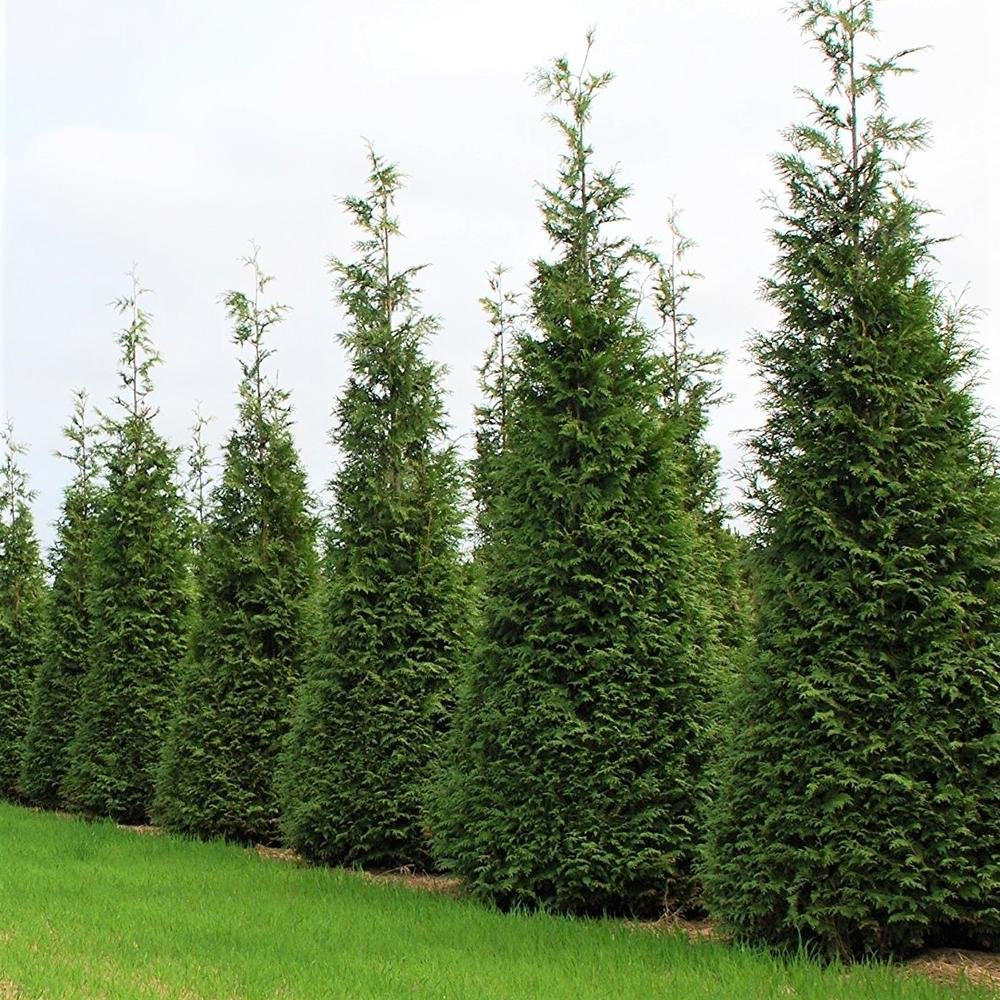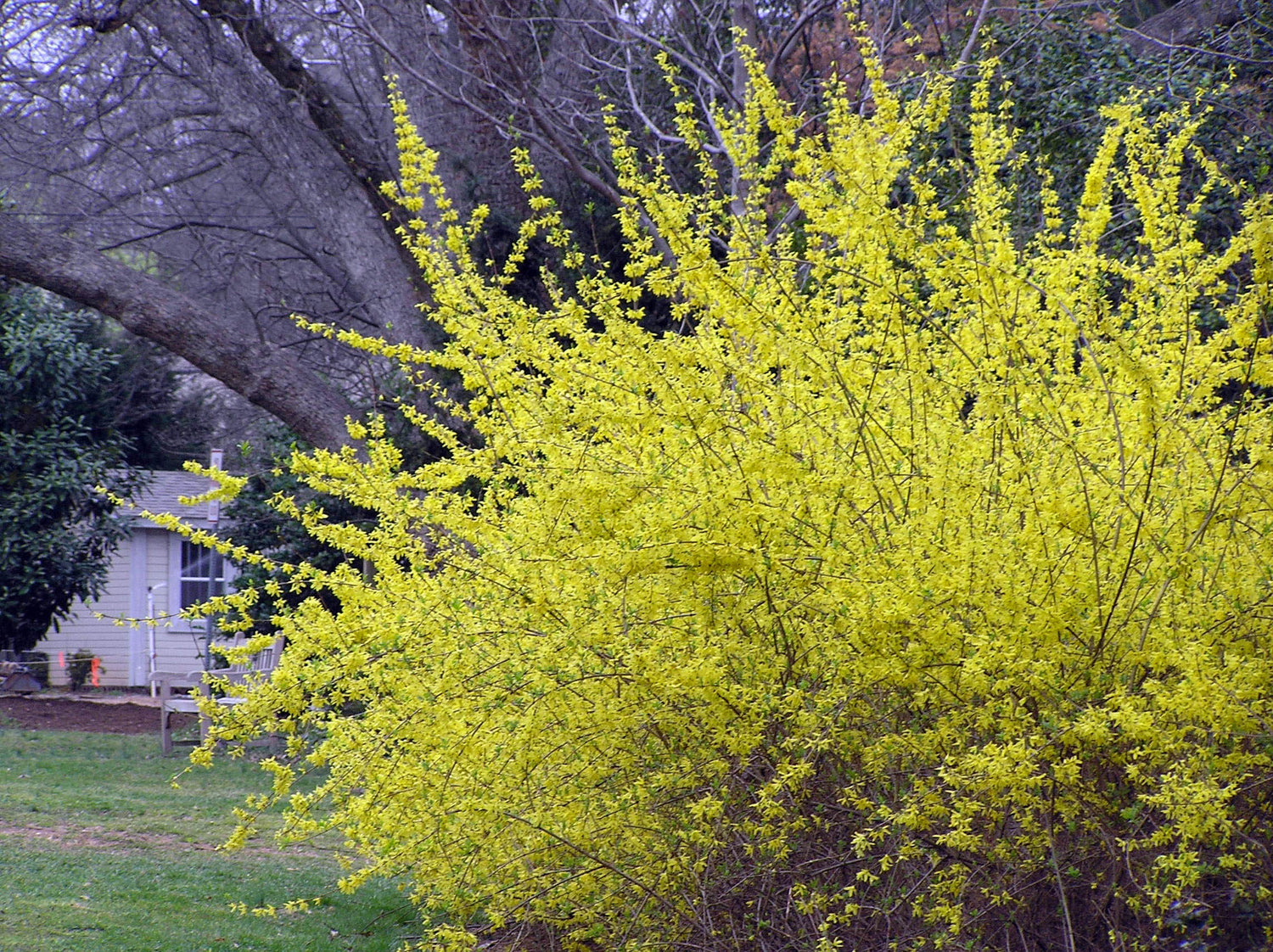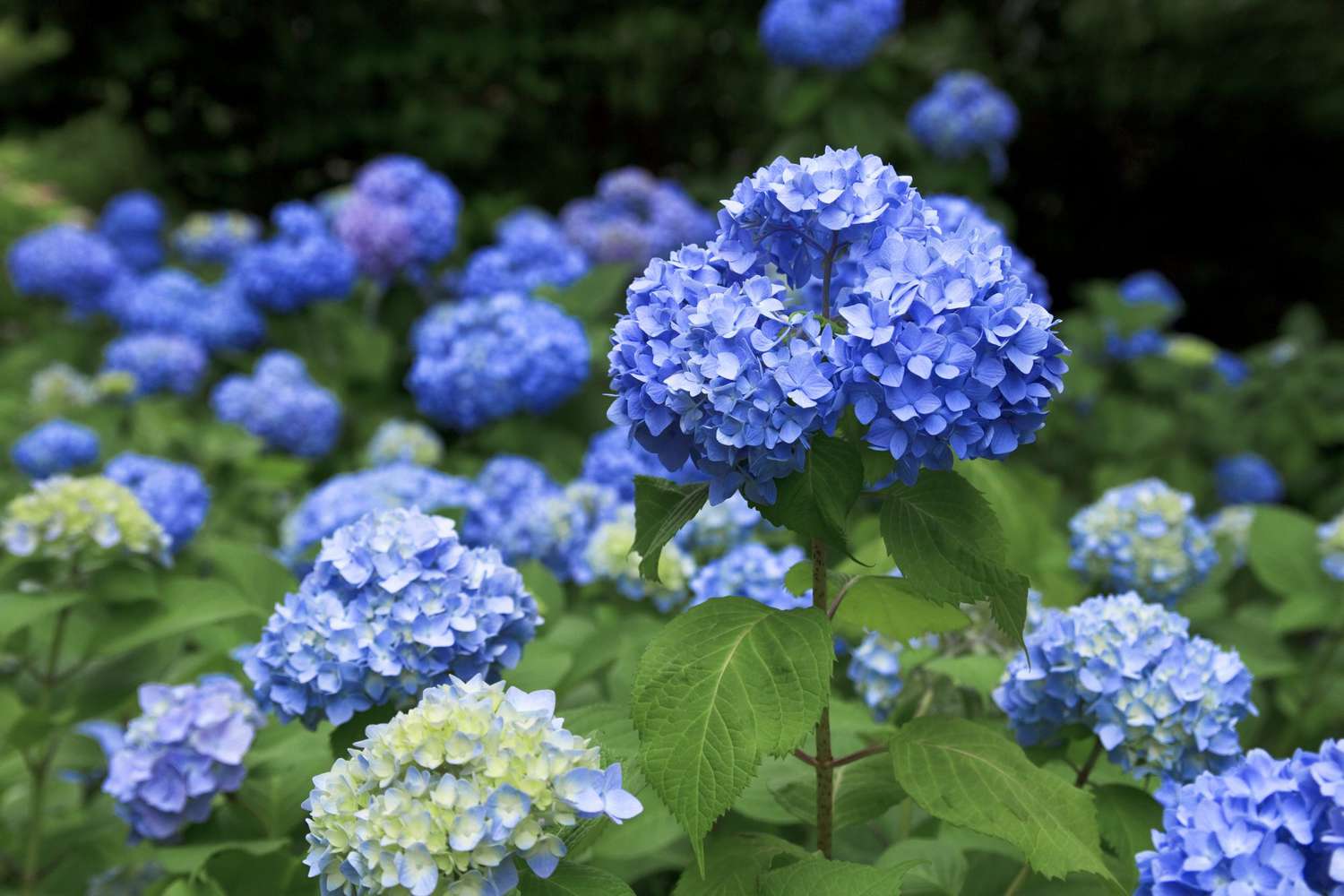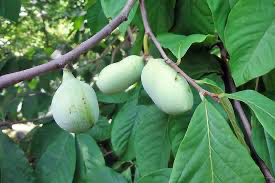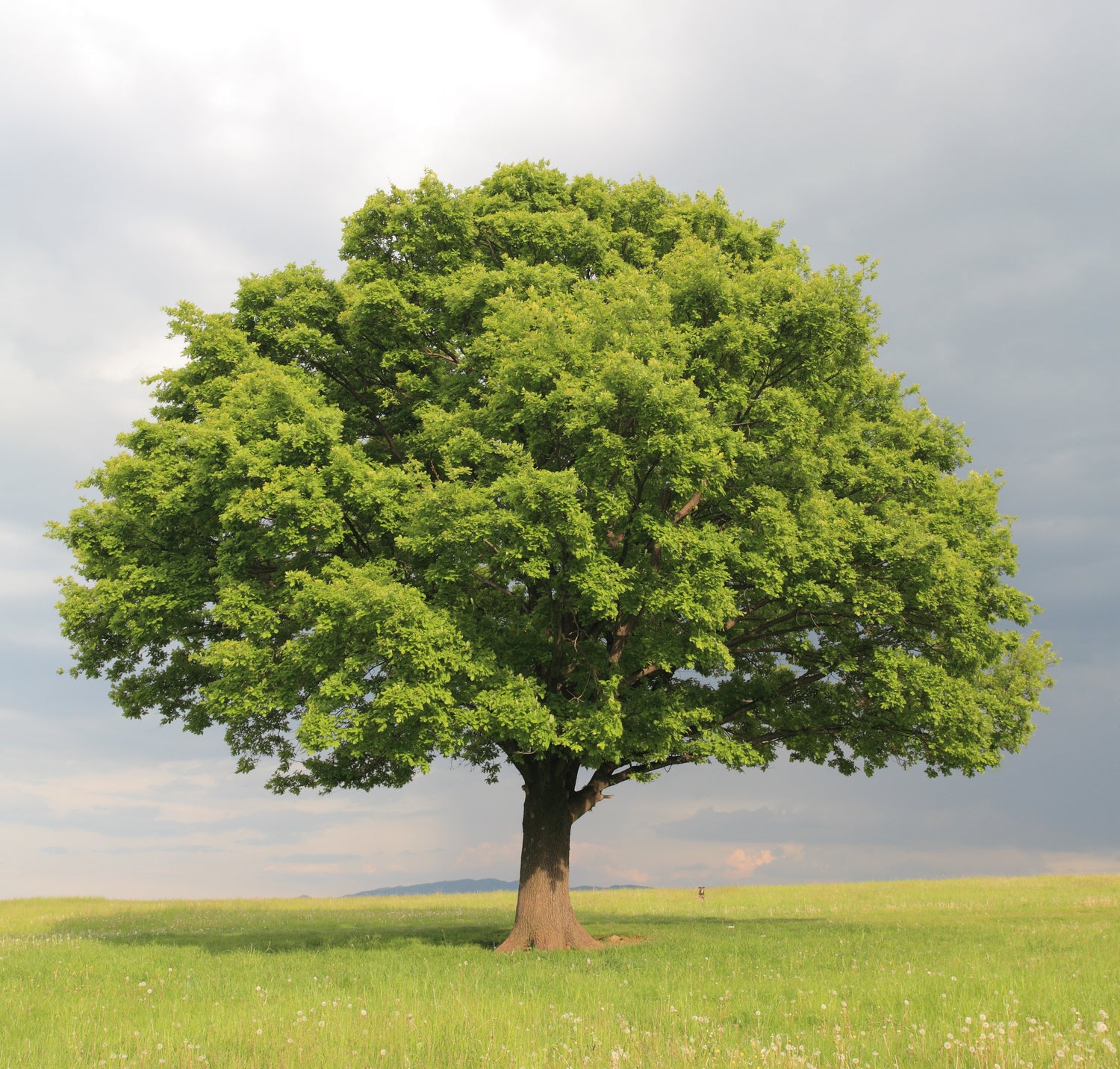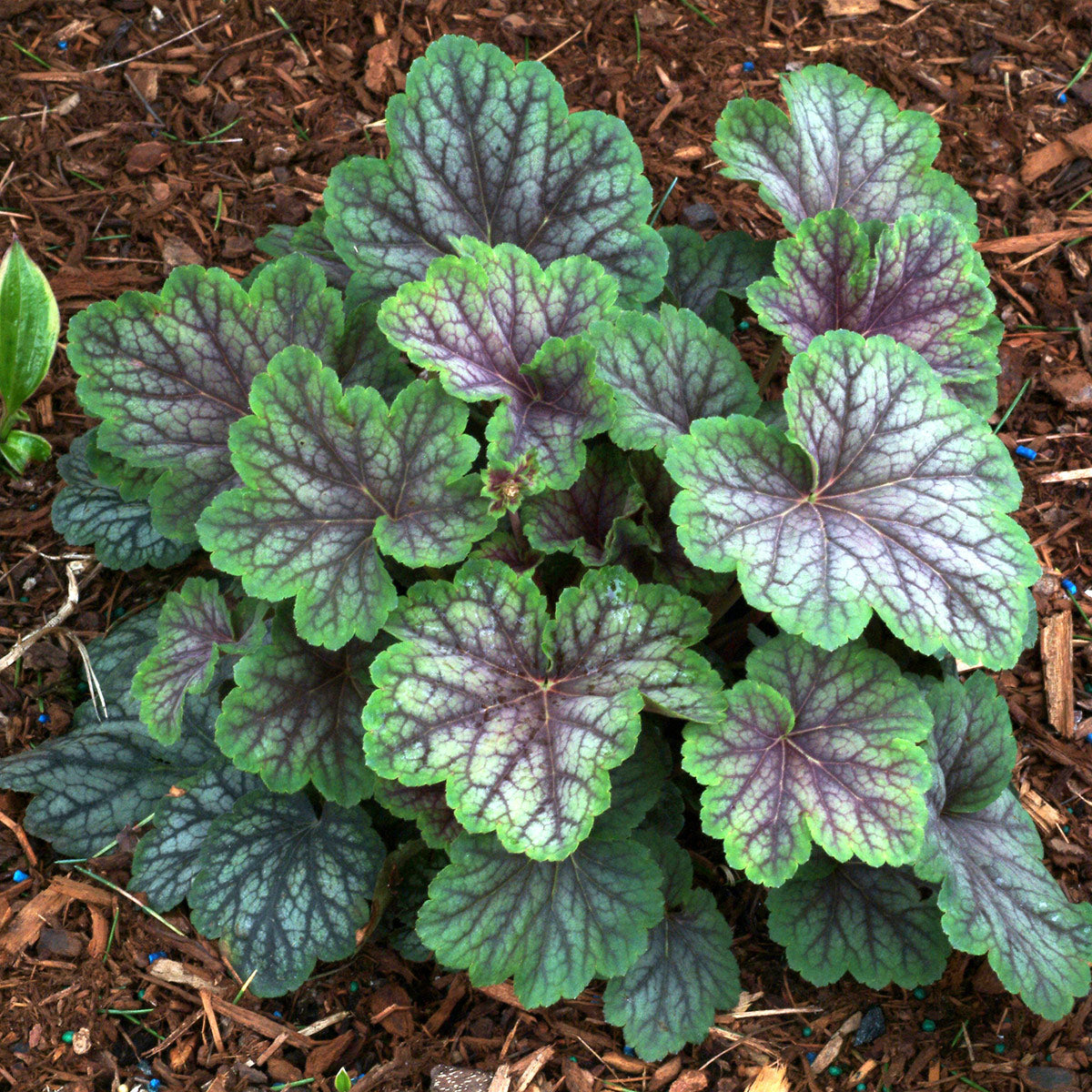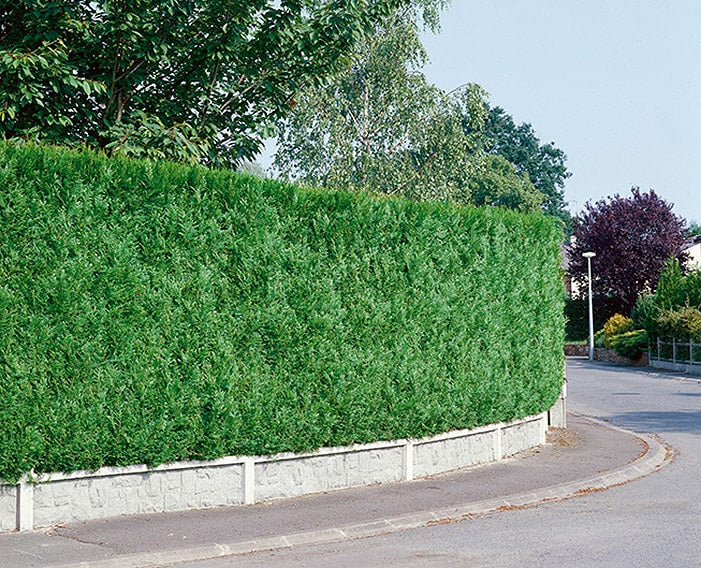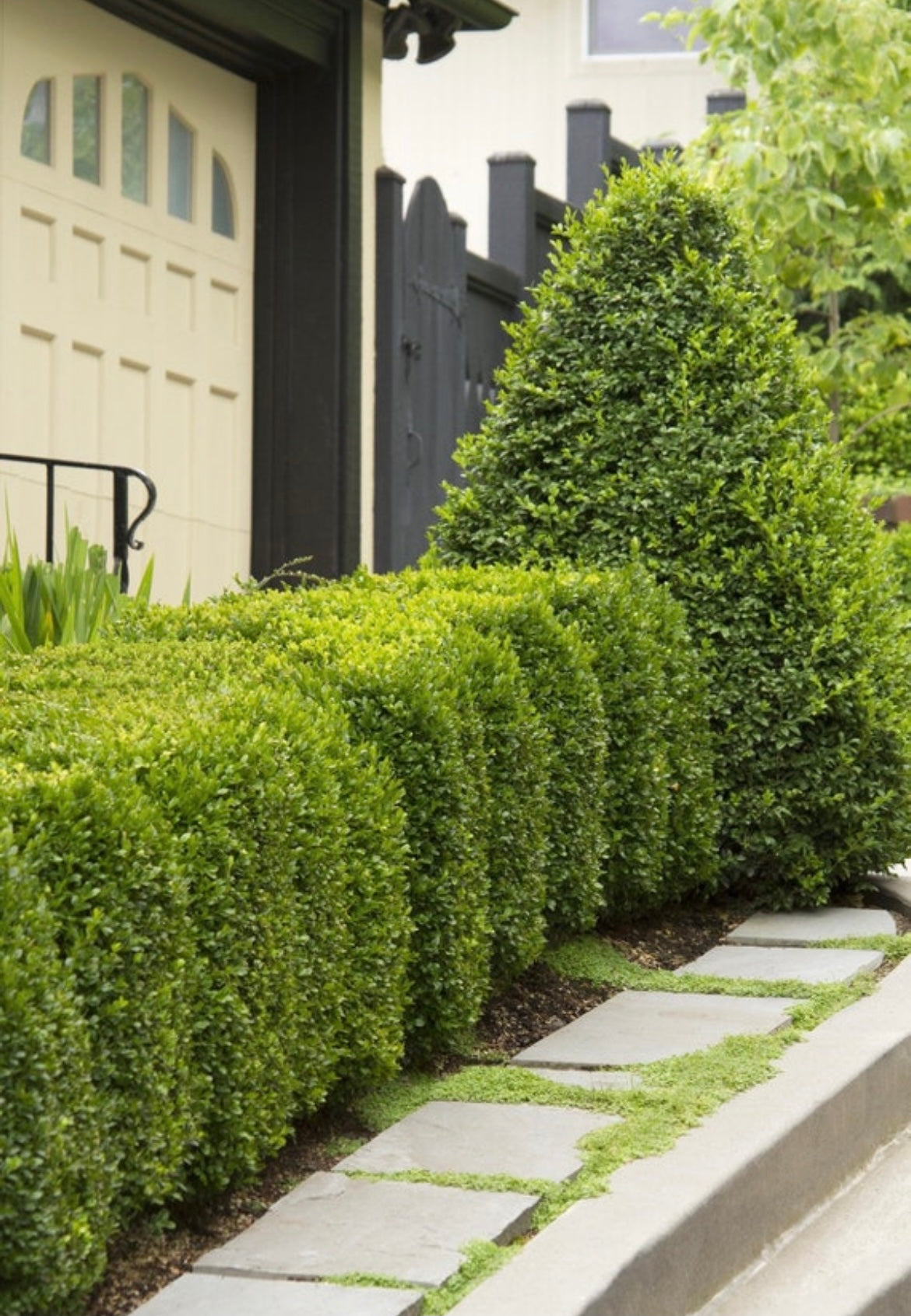1. Red Maple

2. Silver Maple

3. Sugar Maple

4. Japanese Maple

5. Norway Maple

The Norway maple tree is one that isn’t considered native to the USA but are still used from time to time. Many consider these messy trees like the silver maple. Norway maple are usually known for more of a yellow color in the fall. Norway maple trees can get very large and they are pretty shade trees.
More About Maple Trees
Maple trees are renowned for their beautiful foliage, impressive size, and vibrant autumn colors. There are numerous species of maple trees, each with unique characteristics and growing requirements. This guide will explore some of the most popular types of maple trees, providing essential facts to help you appreciate these majestic trees even more.
Sugar Maple (Acer saccharum)
Description: The Sugar Maple is one of the most well-known maple species, famous for its role in maple syrup production. These trees can grow up to 75-100 feet tall with a spread of 50-75 feet. They are native to eastern North America.
Leaves: Sugar Maples have five-lobed leaves that turn spectacular shades of yellow, orange, and red in the fall.
Growing Requirements: Sugar Maples prefer well-drained, slightly acidic soil and full sun to partial shade. They are hardy in USDA zones 3-8.
Uses: Aside from producing maple syrup, Sugar Maples are valued for their hardwood, used in furniture and flooring.
Red Maple (Acer rubrum)
Description: The Red Maple is a versatile and fast-growing tree that can reach heights of 40-70 feet with a spread of 30-50 feet. It is native to eastern and central North America.
Leaves: Red Maples have three- to five-lobed leaves that turn bright red, orange, or yellow in the fall.
Growing Requirements: Red Maples can adapt to a wide range of soil conditions, from wet to dry, and thrive in full sun to partial shade. They are hardy in USDA zones 3-9.
Uses: Red Maples are popular ornamental trees due to their brilliant fall color and adaptability to different environments.
Silver Maple (Acer saccharinum)
Description: The Silver Maple is known for its fast growth and tolerance of poor soil conditions. It can grow up to 50-80 feet tall with a spread of 35-50 feet. It is native to eastern North America.
Leaves: Silver Maples have deeply lobed leaves with a silvery underside, which gives the tree its name. The leaves turn pale yellow in the fall.
Growing Requirements: Silver Maples thrive in moist, well-drained soil but can tolerate wet conditions. They prefer full sun to partial shade and are hardy in USDA zones 3-9.
Uses: These trees are often planted in urban areas for their rapid growth and ability to tolerate pollution and poor soil.
Japanese Maple (Acer palmatum)
Description: Japanese Maples are smaller, ornamental trees known for their delicate, lacy leaves and striking fall colors. They typically grow 15-25 feet tall with a spread of 20 feet. They are native to Japan, Korea, and China.
Leaves: Japanese Maples have deeply lobed leaves that come in a variety of colors, including red, green, purple, and orange. The leaves turn vibrant shades in the fall.
Growing Requirements: Japanese Maples prefer well-drained, acidic soil and partial shade. They are hardy in USDA zones 5-8.
Uses: These trees are highly prized in landscaping for their aesthetic appeal and are often used as focal points in gardens and bonsai.
Norway Maple (Acer platanoides)
Description: The Norway Maple is a hardy and adaptable tree that can grow up to 40-60 feet tall with a spread of 30-50 feet. It is native to Europe and western Asia.
Leaves: Norway Maples have broad, five-lobed leaves that turn yellow in the fall.
Growing Requirements: Norway Maples can tolerate a wide range of soil conditions and thrive in full sun to partial shade. They are hardy in USDA zones 4-7.
Uses: These trees are commonly used in urban landscaping due to their tolerance of pollution and compacted soil.
Amur Maple (Acer ginnala)
Description: The Amur Maple is a small, hardy tree that typically grows 15-20 feet tall with a spread of 15-20 feet. It is native to northeastern Asia.
Leaves: Amur Maples have three-lobed leaves that turn brilliant shades of red and orange in the fall.
Growing Requirements: Amur Maples prefer well-drained soil and full sun to partial shade. They are hardy in USDA zones 3-8.
Uses: These trees are often used as ornamental trees in small gardens and can be pruned into hedges.
Boxelder (Acer negundo)
Description: The Boxelder, also known as Ash-leaved Maple, is a fast-growing and adaptable tree that can reach heights of 30-50 feet with a spread of 30-50 feet. It is native to North America.
Leaves: Boxelders have compound leaves with three to seven leaflets, which turn yellow in the fall.
Growing Requirements: Boxelders thrive in a wide range of soil conditions, including poor, wet soils, and prefer full sun. They are hardy in USDA zones 2-9.
Uses: These trees are often used for erosion control and as windbreaks due to their rapid growth and adaptability.
Maple trees are diverse and versatile, offering a variety of options for different landscapes and purposes. Whether you are looking for a tree that provides brilliant fall color, produces delicious syrup, or simply adds beauty to your garden, there is a maple tree that fits your needs. For more information on selecting and planting the right maple tree for your garden, visit Weaver Family Farms Nursery.

